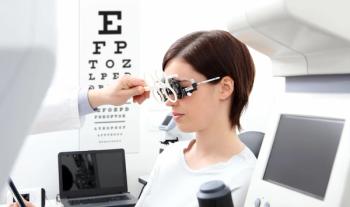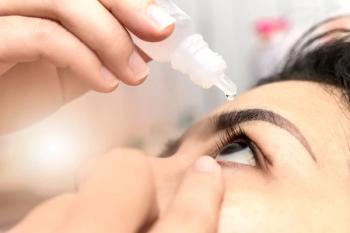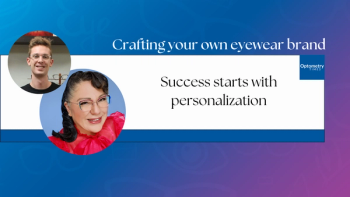
Ocular health comparable to wearing no contact lens
Study shows that patients wearing 1-Day Acuvue TruEye lenses exhibit no clinically significant differences as compared to spectacle wearers after a year of lens wear.
Jacksonville, FL-Daily disposable silicone hydrogel contact lenses (narafilcon A) show no clinically significant effect on the ocular surface of the eye, according to a recent study.
The 74-subject, investigator-masked, parallel group study compared patients with no previous contact lens experience, randomized to wear narafilcon A (1-Day Acuvue TruEye) with patients who had not previously worn contact lenses and kept wearing their own spectacles for 12 months. Biomicroscopy, visual acuity, and subjective response scores were recorded at an initial visit and 6 follow-up visits, in addition to lens fit and surface evaluation for the LW group. Comfort was recorded with text messaging.
After a full year of wear, there were no clinically significant differences between contact lens wearers and spectacle wearers for 5 out of 6 key ocular health measures: bulbar conjunctival hyperemia, limbal hyperemia, corneal staining, neovascularization, and papillary conjunctivitis. There was more conjunctival staining for contact lens wearers than spectacle wearers, although grades were low averaging only “trace” levels throughout the study. Subjective scores were similar for the two groups. Measured visual acuity was approximately half a line better for spectacle wearers because these subjects were provided with their full sphero-cylindrical over-refraction, compared with contact lens wearers in the best spherical corrected contact lenses.
The study was sponsored by Vistakon Division of Johnson & Johnson Vision Care Inc.
Newsletter
Want more insights like this? Subscribe to Optometry Times and get clinical pearls and practice tips delivered straight to your inbox.
















































.png)


